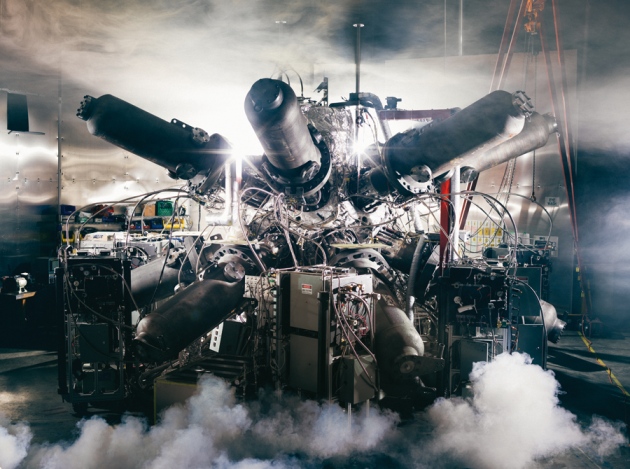
There is a news article in Nature. "Plasma physics: The fusion upstarts" by M. Mitchell Waldrop which covers Tri Alpha Energy, Helion Energy and General Fusion. According to the article Tri Alpha Energy is seeking new funds to build the next larger machine.
There is a nice picture insert about fusion reactions and reactors, but unfortunately the tritium producing half of the D-D reaction branch has been lost, which is rather surprising.
The big problem with helium-3 is that there is too little of it. If you have lots of tritium produced, then you can let that decay and collect the helium-3. Is anyone collecting tritium and helium-3 from civilian fission reactors?Helion has demonstrated the concept4 in a D–D reactor with plasmoids that fire once every three minutes, and it is now seeking $15 million in private financing over the next five years to develop a full-scale machine that could use D–T fuel to reach the break-even point, when it generates as much energy as it takes to run. The company hopes that its reactor could eventually reach the hotter conditions needed to fuse deuterium with helium-3, another combination that produces only α-particles and protons, with no neutron by-products.
Kirtley is optimistic about the money. “There is a giant market need for low-cost, safe, clean power,” he says. “So we're seeing a big push in the private investment community to fund alternative ways to generate it.” And if the fund-raising is successful, says Kirtley, “our plan is to have our pilot power plant come online in six years.”
The time scales and the needed amounts of money in these articles tends to very, so only time will tell when these companies will actually have their upgraded experiments running. It is nice to see that these alternative fusion concepts are getting serious attention.If the company can win another $25 million or so, Laberge says, it will build a beefier implosion system that can compress the plasma to the levels needed for fusion — perhaps within the next two years.
Here is the link to the article http://www.nature.com/news/plasma-physi ... ts-1.15592